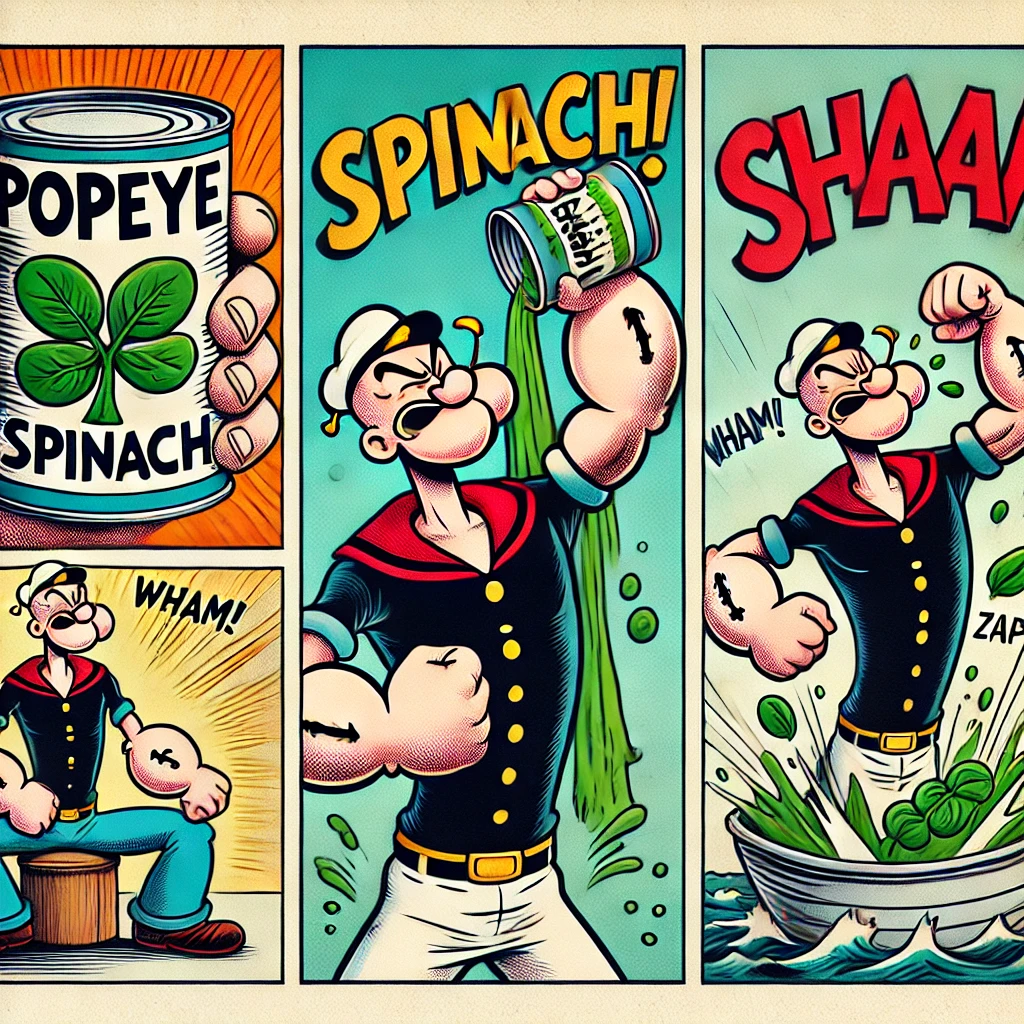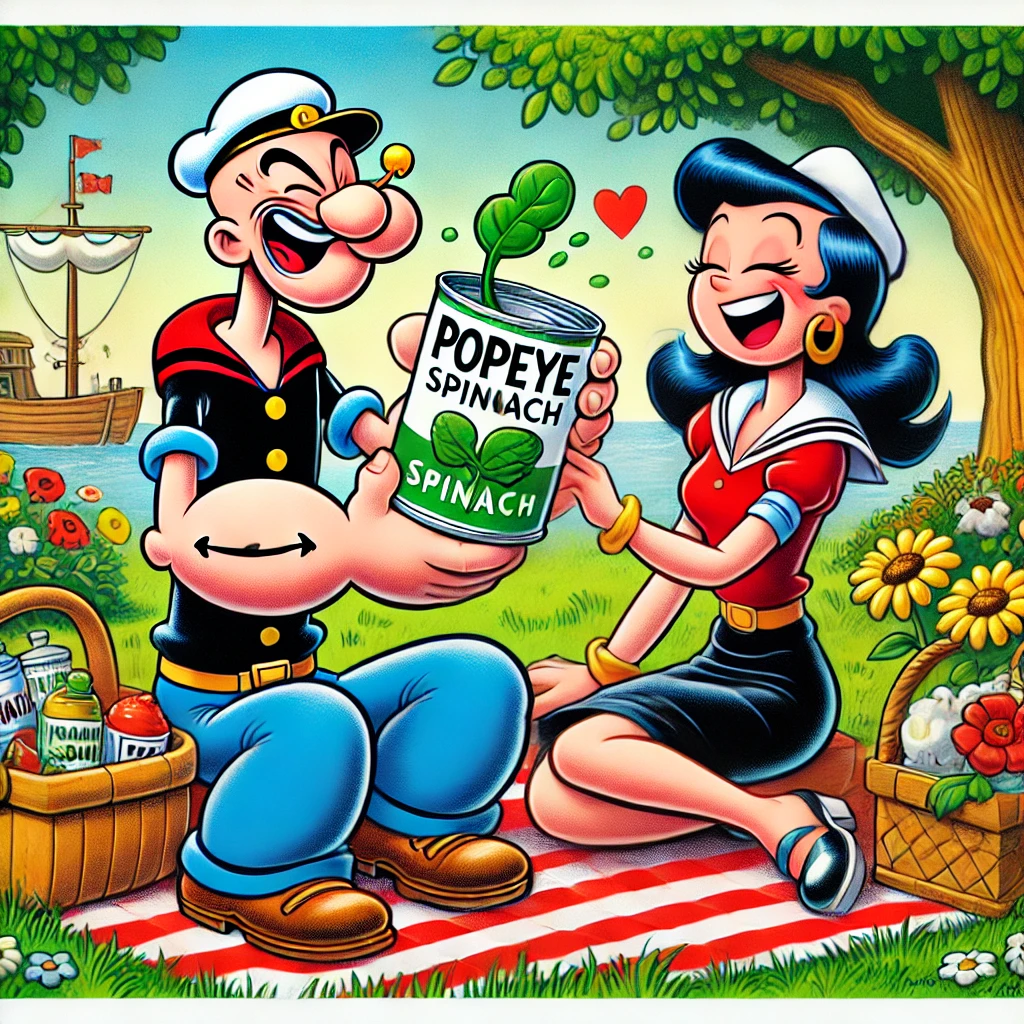A beloved pop culture icon set sail on January 17th, 1929, as Popeye the Sailor Man made his first appearance in comic strips. Created by Elzie Crisler Segar, Popeye debuted in the “Thimble Theatre” comic strip, originally published in the New York Evening Journal. What began as a minor character would soon evolve into one of the most recognizable and enduring figures in animation and comics, cementing a legacy that continues to thrive nearly a century later.

The Birth of a Cultural Phenomenon
Before Popeye’s arrival, “Thimble Theatre” primarily focused on Olive Oyl and her brother Castor Oyl. Popeye entered the story as a grizzled sailor hired for a sea voyage, but his rough charm, unique vernacular, and indomitable spirit quickly captivated readers. His signature look—bulging forearms, a pipe perpetually clenched in his mouth, and a squinty eye—made him instantly recognizable. By 1930, Popeye had eclipsed the original stars of “Thimble Theatre,” taking center stage in the comic strip and securing his status as a fan favorite.
Popeye’s rise coincided with the Great Depression, a time when his underdog spirit and unwavering determination resonated deeply with audiences. As a sailor who could overcome insurmountable odds by downing a can of spinach, Popeye became a symbol of resilience and resourcefulness. His adventures often pitted him against the hulking Bluto for the affections of Olive Oyl, a love triangle that added drama and humor to the tales.

Significance and Cultural Impact
The character’s popularity extended far beyond the comic strip. In 1933, Popeye transitioned to animated cartoons, produced by Max and Dave Fleischer. These shorts introduced iconic elements such as his theme song, “I’m Popeye the Sailor Man,” and further solidified his place in popular culture. By the mid-20th century, Popeye was a household name, appearing in radio programs, merchandise, and even feature films.
One of Popeye’s most notable contributions to society was his impact on spinach consumption. The character’s superhuman strength, derived from eating spinach, helped bolster the vegetable’s reputation as a health food. During the 1930s, spinach sales reportedly increased by 33%, a phenomenon attributed to Popeye’s influence. This effect underscores the power of media to shape public perceptions and behaviors.
Popeye’s enduring appeal also lies in his timeless qualities. His moral compass, loyalty to his friends, and unwavering determination make him a relatable and admirable figure. Generations of fans have embraced Popeye not only as an entertainer but also as a symbol of grit and perseverance.
Popeye Today: A Legacy That Endures

Nearly a century after his debut, Popeye remains a beloved figure. His influence is evident in modern pop culture, with references and adaptations appearing in everything from television and video games to themed restaurants. The character’s official YouTube channel, launched in 2014, has introduced his adventures to a new generation, ensuring his relevance in the digital age.
Moreover, Popeye’s appeal transcends cultural and generational boundaries. His adventures are celebrated worldwide, proving that his simple yet profound message—strength through resilience and determination—resonates universally.
From his humble beginnings in a comic strip to his place as an enduring cultural icon, Popeye the Sailor Man has navigated the tides of history with aplomb. His spinach-fueled adventures continue to inspire laughter, courage, and, of course, a love for leafy greens.
